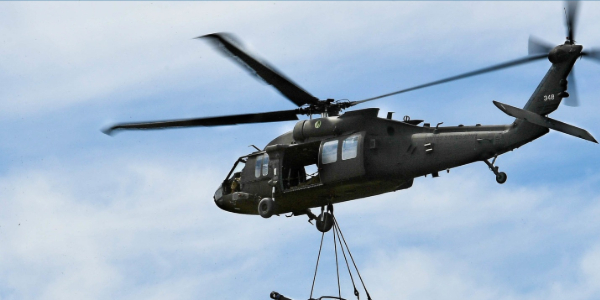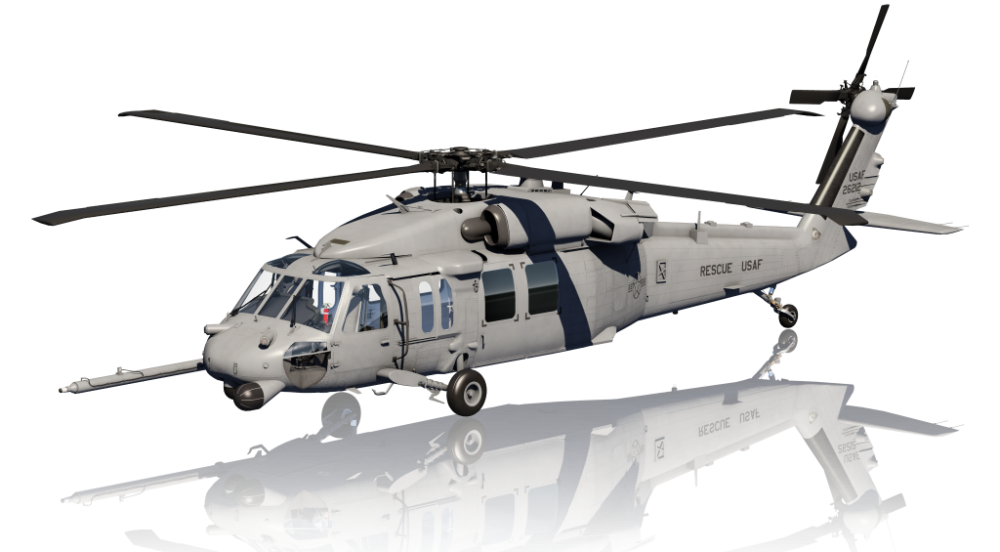UH 60 Black Hawk Helicopter Variants and Their Uses
UH 60 Black Hawk Helicopter Variants and Their Uses
Blog Article
Checking Out the Ingenious Innovation Behind Aircraft Design and Design
The area of aircraft style and engineering is experiencing a transformative change driven by innovative innovations that improve sustainability, effectiveness, and performance. Advanced products such as carbon fiber composites and titanium alloys are establishing new requirements, while wind resistant technologies and artificial intelligence are streamlining processes and enhancing outcomes. As the industry grapples with the difficulties of environmental responsibility, growths in sustainable air travel innovations guarantee to improve the future. Nevertheless, the ramifications of these advancements expand beyond efficiency metrics; they may redefine the actual nature of air travel. What might this suggest for the sector all at once?
Advanced Materials in Airplane Layout
How can the integration of sophisticated materials revolutionize aircraft design? The incorporation of innovative materials, such as carbon fiber composites, titanium alloys, and progressed porcelains, plays an essential duty in improving airplane performance and efficiency.
In addition, innovative products exhibit boosted resistance to corrosion and fatigue, resulting in reduced maintenance prices and extended life span. The usage of titanium in critical parts assists stand up to extreme temperatures and stresses, while carbon fiber compounds supply versatility in layout and production procedures. This versatility permits more aerodynamic shapes, adding to superior performance qualities.
Moreover, the assimilation of smart products, which can alter properties in feedback to outside stimuli, opens up new avenues for flexible systems in airplane layout. uh 60. These technologies assure not just to boost safety and security and functional performance however likewise to add to sustainability initiatives by minimizing environmental impact with minimized discharges. In summary, advanced materials are redefining the landscape of airplane style, paving the method for more reliable, sturdy, and eco-friendly aviation options
Wind Resistant Advancements for Effectiveness
Wind resistant technologies play a crucial duty in improving airplane performance, considerably affecting fuel intake and overall performance. Developments in airfoil design, such as the introduction of supercritical wings, enable for enhanced lift-to-drag proportions, reducing drag at transonic rates. These technologies allow airplane to maintain higher rates with reduced gas expense, straight affecting operational prices and ecological sustainability.
In addition, the assimilation of winglets has verified reliable in minimizing vortex-induced drag at the suggestions of wings, even more enhancing fuel efficiency - uh 60. This style modification causes a decrease in wake disturbance, adding to boosted wind resistant performance throughout cruise problems

Additionally, computational liquid dynamics (CFD) tools have reinvented the screening and refinement of aerodynamic forms, permitting accurate simulations of air movement around aircraft (uh 60). This enables engineers to innovate continually, ensuring that modern aircraft not only fulfill governing requirements however likewise push the boundaries of efficiency in aeronautics

Role of Computer System Simulations
Computer system simulations have come to be an important tool in the area of aircraft style, enabling engineers to carry out in-depth evaluations and optimizations of different layout aspects. These simulations permit the digital screening of aerodynamic residential properties, architectural stability, and efficiency metrics long prior to physical prototypes are constructed. By using computational liquid dynamics (CFD) and finite element evaluation (FEA), engineers can predict exactly how air streams around the airplane and how various materials will reply to stress and pressure.
Furthermore, computer simulations promote the expedition of a wide variety of circumstances and variables, speeding up the layout process and minimizing costs related to physical screening. This ability not just improves the accuracy of predictions pertaining to airplane actions but also uses insights into possible layout improvements that could not be right away apparent via standard approaches.

In addition, simulations aid make certain conformity with rigid safety guidelines by allowing designers to identify and rectify potential problems early in the layout phase. The integration of simulation technologies into the airplane style process emphasizes the reference significant advancements in engineering methods, eventually contributing to the advancement of more secure, more reliable, and eco-friendly airplane.
Expert System in Design
Synthetic knowledge visit the website (AI) is revolutionizing the engineering landscape, particularly in airplane layout, by improving decision-making processes and enhancing style operations. Via artificial intelligence algorithms, AI can evaluate huge datasets, uncovering patterns and understandings that notify design options and boost overall efficiency.
AI applications in aircraft style include generative style, where algorithms create several style options based on defined specifications, permitting designers to examine a more comprehensive variety of opportunities. This not only accelerates the design stage however additionally ensures that the final products fulfill rigorous performance and security criteria.
Additionally, AI-driven predictive analytics assist in upkeep scheduling by analyzing historical information and predicting prospective failings. This proactive technique lowers downtime and boosts aircraft reliability.
Additionally, AI help in simulation and modeling, enabling engineers to evaluate designs under different problems without the demand for physical prototypes. This ability shortens growth timelines and decreases prices connected with standard screening approaches.
Sustainable Aeronautics Technologies
The answer lies in the adoption of lasting air travel innovations that focus on performance and minimize carbon exhausts. Developments such as lasting aeronautics gas (SAFs), which are derived from eco-friendly sources, have arised as an essential component in achieving lower lifecycle discharges.
Additionally, advancements in airplane design, such as the growth of lighter products and more aerodynamically effective shapes, add to enhanced fuel effectiveness. Electric and hybrid propulsion systems are also getting grip, providing a path to reduce dependence on fossil fuels and lessen greenhouse gas discharges.
The integration of these modern technologies is sustained by regulatory structures and industry partnerships focused on setting enthusiastic sustainability targets. Digital devices like information analytics and synthetic knowledge can optimize flight procedures, better boosting fuel effectiveness. By welcoming sustainable techniques and technologies, the air travel market can not only meet the expanding need for flight yet also play a critical duty in dealing with environment change, making certain a more sustainable future for air transportation.
Final Thought
The merging of sophisticated materials, aerodynamic developments, and innovative modern technologies marks a substantial evolution in aircraft style and design. The integration of carbon fiber compounds, titanium alloys, and AI-driven processes not only improves performance and effectiveness however additionally improves workflows and predictive maintenance. In addition, the continuous development of sustainable aeronautics innovations highlights a dedication to ecological duty, leading the method for a greener future in aeronautics. This constant advancement will form the market's trajectory for many years to come.

Computer simulations have come to be a crucial device in the field of aircraft design, making it possible for engineers to carry out comprehensive evaluations and optimizations of different design aspects.The convergence of sophisticated materials, wind resistant developments, and cutting-edge modern technologies marks a substantial evolution in airplane style and design.
Report this page